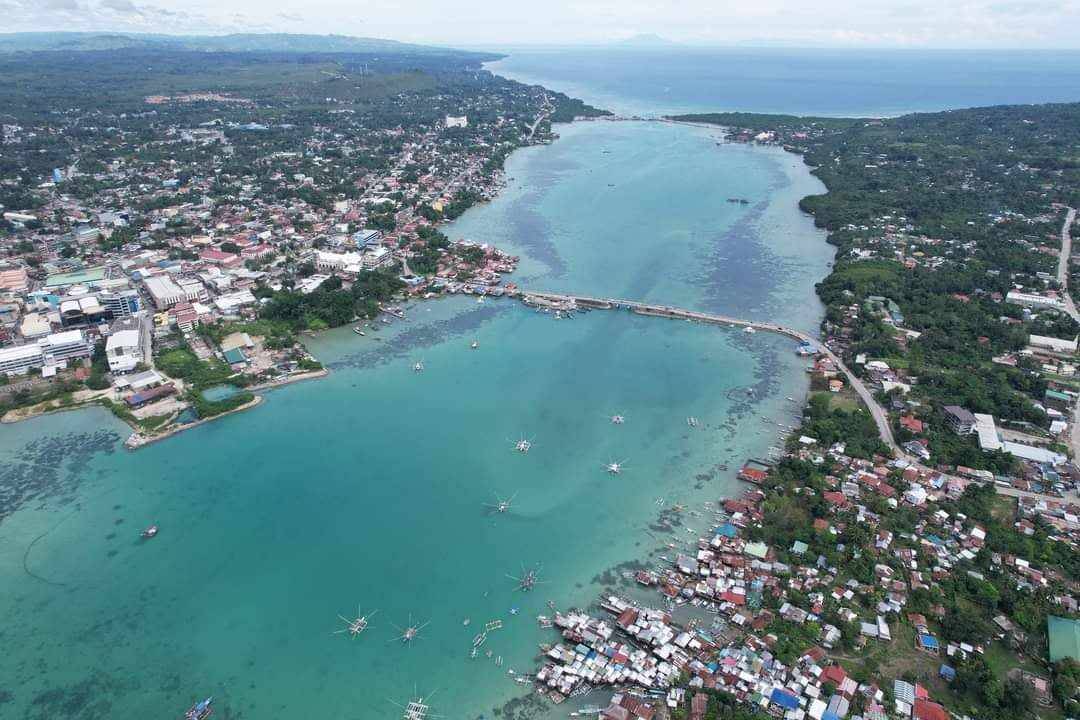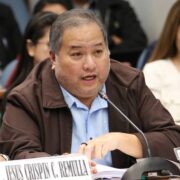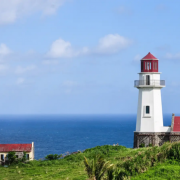Proposed reclamation project in Bohol capital faces opposition

TAGBILARAN CITY—Civil society groups, environmentalists and Bohol residents criticized the proposed 153-hectare reclamation project in this city amid fears of its devastating impact on the marine environment and the coastal communities that were relying on fisheries for food and livelihood.
The proposed P12-billion reclamation project called “Tagbilaran City Waterfront Development (TCWD)” intends to cover with soil the Tagbilaran Bay, a narrow strait between this city and Panglao Island.
The project, to be undertaken by the privately-owned Tagbilaran Waterfront Development Corporation (TWDC), is set to encompass the coastal areas of the villages of Mansasa, Poblacion I, Poblacion II, Cogon, Booy and a portion of Taloto. Under the proposal, TWDC will get a 41-percent share in the reclaimed land while the local government of Tagbilaran and the Philippine Reclamation Authority will have a 51-percent share, inclusive of roads and open spaces, the proposal showed.Tagbilaran Mayor Jane Yap explained that the reclamation project was not initiated by the city government, as it was based on an unsolicited proposal from a private company.
A public consultation has yet to be done, as required by a local ordinance, the mayor said.
“But because of the gravity of this project, this has to be presented to the people. We need to listen to the views of the people. I have already assured them that whatever is the voice of the people of Tagbilaran is the voice of Mayor Jane Yap,” she added. However, at least 400 people who attended the day-long public hearing at JJ’s Seafood Village on Monday opposed the project, while expressing concern the project’s approval was being railroaded.
“The public consultation seemed to be just an afterthought. It seems everything is already there. The egg is already hatched,” said Marivic Trabajo-Daray, a retired judge and now dean of the College of Law at Holy Name University in Tagbilaran.
Not a done deal yetShe asked the councilors to nullify the resolution accepting the proposal, saying the reclamation project’s environmental and social impacts outweighed any economic gains.On March 31, 2021, the city government led by then Mayor John Geesnell “Baba” Yap II, husband of the incumbent mayor, received an unsolicited proposal from the TWDC for the conduct of a reclamation project in Tagbilaran.
The former city council approved Resolution No. 22-231 sponsored by City Councilor Nerio Zamora II, chairperson of the committee on zoning and urban development, on Oct. 19, 2022, following a presentation and discussion of the project details. After the acceptance of the unsolicited proposal, the detailed negotiation proceeded to agree on the terms and conditions of the project as well as its legal and ethical aspects.
On July 14, 2023, Yap wrote to the council requesting for the passage of a resolution authorizing her to commence the solicitation of comparative proposals for the project.
But environment advocate and lawyer Esther Gertrude Biliran, one of the organizers of the Tagbilaran Baywatch, said the city government should have conducted a consultation before accepting the unsolicited proposal.
“We’re already in the middle of the process. The mayor asked authority for bidding. Everything is so fast,” she added.
Biliran noted that in 1996, she and other concerned citizens opposed the reclamation project of then Tagbilaran Mayor Jose Torralba who eventually shelved the project.
It’s alive
The Tagbilaran Bay is not dead, contrary to the claims of the reclamation proponents, Biliran maintained.
And even if it’s dead, she said the city government should rehabilitate it rather than destroy it.
Celsa Ramo, 62, and a vendor at Caingget Public Beach in Barangay Booy, a popular tourist destination in the city, said 10 vendors and at least 20 fisherfolk and divers of “kuja,” a kind of clam sold as a local delicacy, would be affected by the project.
“There is life in the sea. I opposed the reclamation for my children and for the next generation,” said Ramo, a mother of five.
Stakeholders also expressed concerns that the reclamation project would affect the province’s status as the first and only geopark in the country as declared by the United Nations Educational, Scientific and Cultural Organization.
Marianito Jose Luspo, a local historian and cultural advocate, said the massive reclamation project is an intrusive development that could compromise natural marine resources and clog up a once free-flowing sea passage.
“Our heritage is not ours to exploit but to cherish and rejoice,” he said.
Tagbilaran Bishop Alberto Uy also opposed the reclamation project, saying the damage to the environment is irreversible. “Economics is an important consideration but there are other aspects of a human person we need to consider,” the prelate said.
Zamora said the proposed reclamation was still a long way of discussions, including a series of public hearings.
“All the affected parties and stakeholders will be consulted as part of the various decision-making processes and all be given the opportunity to express their opinions,” he said. INQ
















